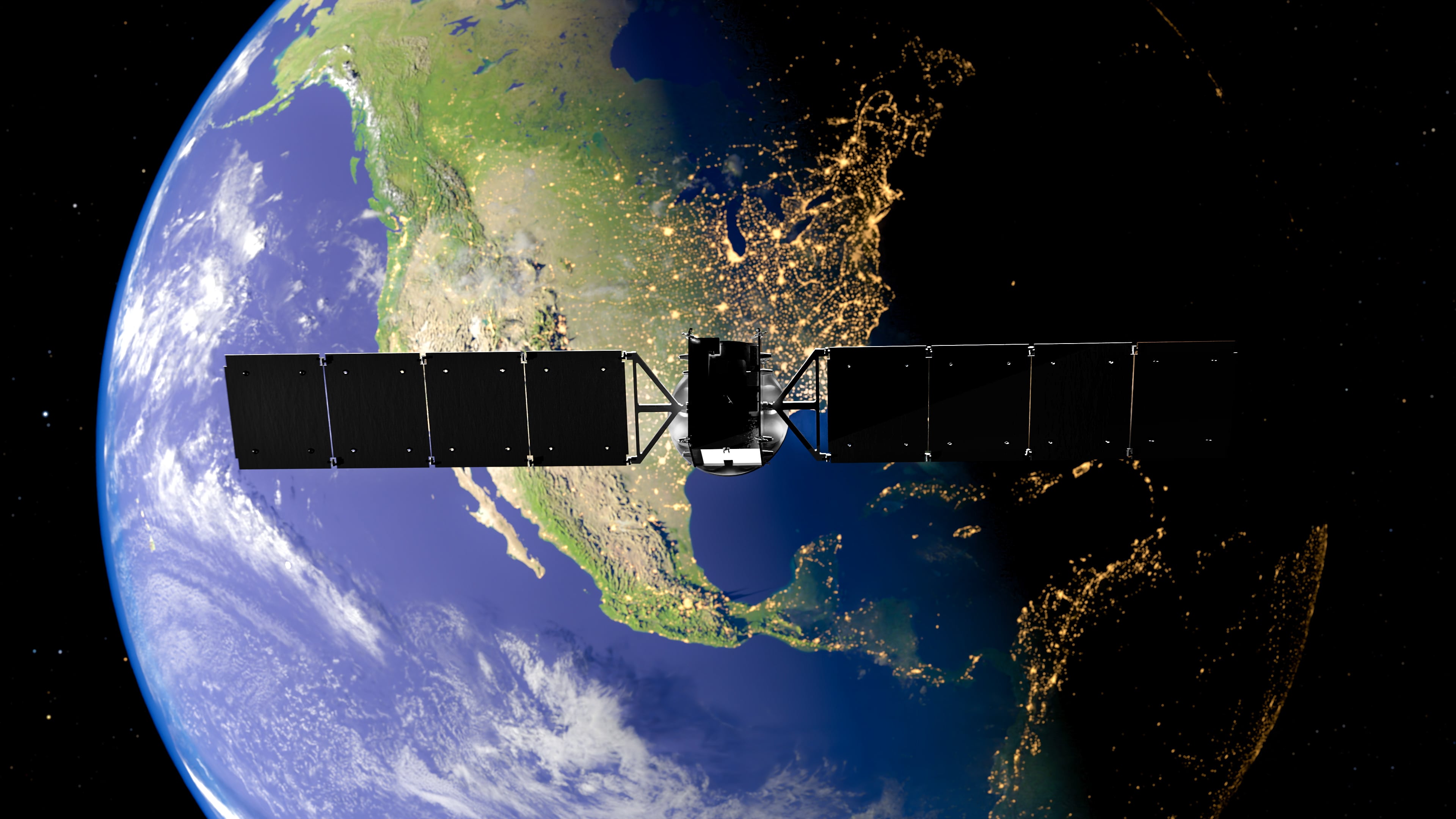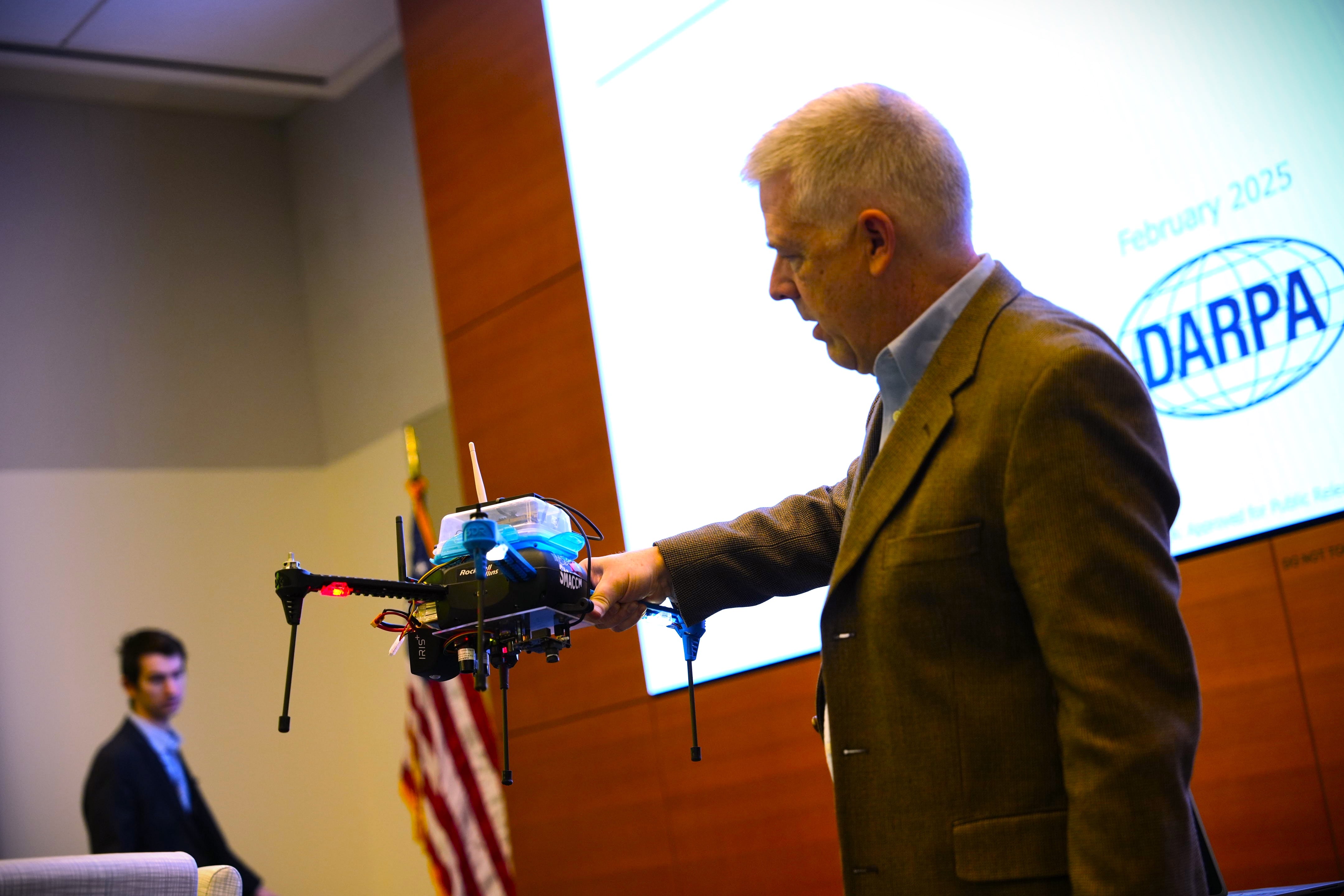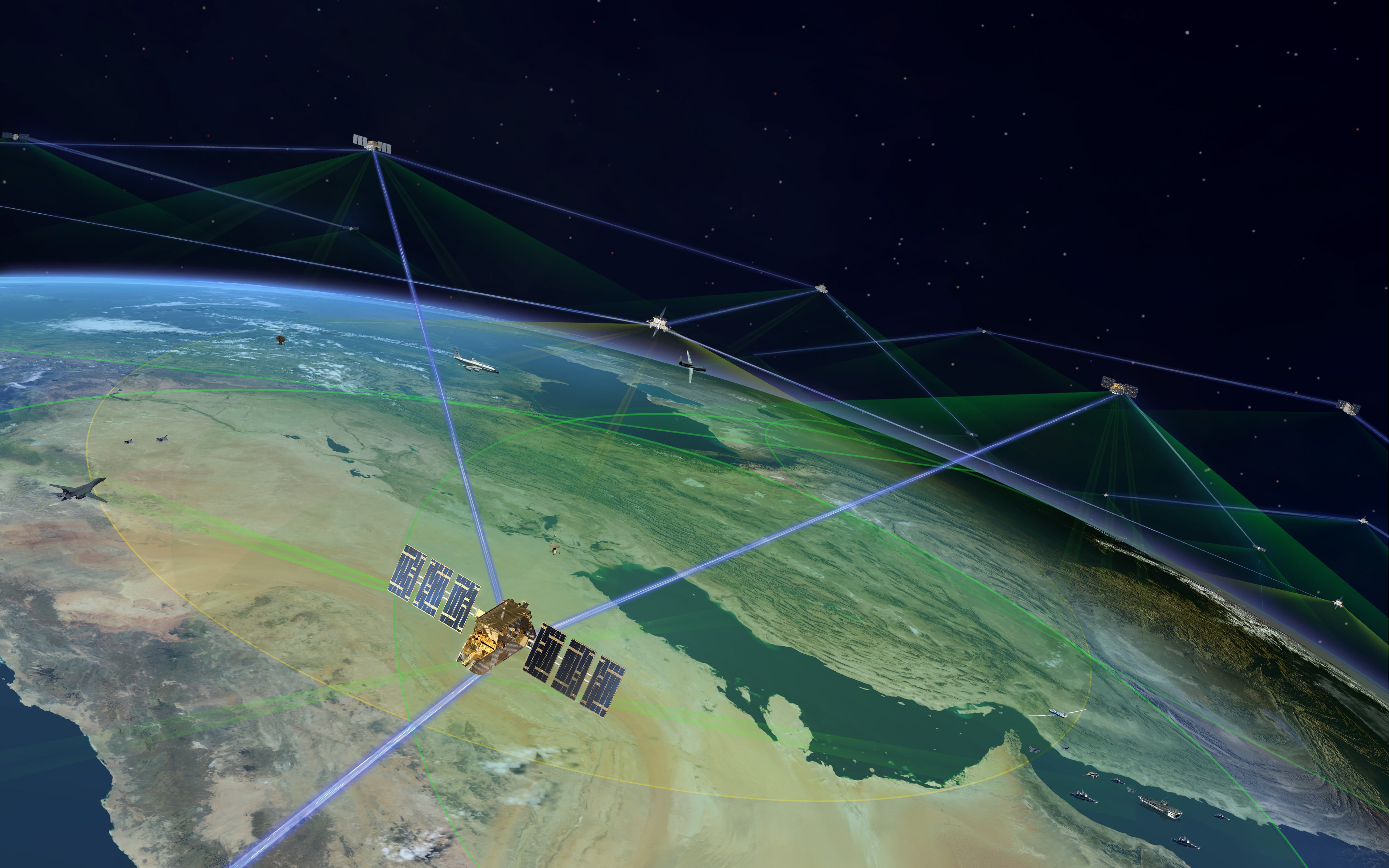

35°00'40.0"N 106°32'54.2"W
The second weirdest thing that happened last week involved unknown objects floating over Kansas City. The craft were part of a DARPA program, and within 25 hours went from unidentified objects to clearly identified objects. We’ll get into what DARPA wants with balloons in just a little bit, but I mention them now because this is how we expect the future to arrive: all at once, out of the blue.
Sometimes, the future literally floats into view in a clear sky. Other times, the future iterates on existing hardware, with world-changing capabilities promised as future software upgrades. And then there are those futures that are predicted in advance, theorized by those paid to theorize such things, only to come crashing into reality all at once over a long Thursday, as we wait to see if the prediction matches the outcome.
I'm Kelsey D. Atherton reporting from Gardner, MA, and “Tomorrow Wars” is my attempt to chronicle those and other futures.
Over the course of this newsletter, I hope to offer some perspective every other Wednesday on everything from drones to AI to underwater drones to electronic warfare to ground drones to underground warfare to what’s happening in space. (That we are living in a golden age of remote and autonomous uncrewed vehicles is, no doubt, part of what steers every day into feeling like a plotline from a cheesy sci-fi thriller.) In so doing, we will get to see futures already planned by the Pentagon, those anticipated by governments abroad, and realities improvised into being by nonstate actors out of hobbyist toys. There is no monopoly on the future.
I hope also to show that every technology story is fundamentally a human story. Machines are products of humans, built for certain ends and adapted for others. Machines are made by workers who have their own values and interests that shape what kind of machines they will make. Machines are subject to human perception, and that perception changes how people react when events happen to machines.
Which brings us to the first weirdest thing that happened on my beat last week: the shootdown of an RQ-4 Global Hawk. There is much still being parsed about the attack, the response, the timing, and the long and acrimonious deterioration that led to the shootdown. What struck me immediately is how it appears that the specifically unmanned nature of the vehicle shaped both the decision to shoot it down and the decision to not immediately launch a strike in retaliation.
Going into Thursday, there was no guarantee that thinking about the Global Hawk as a drone would change the calculation about how to escalate the conflict, though there were signs that a lack of people on board the aircraft is significant. After the incident, a hypothetical example, tested in wargames run by a thinktank, now matched the reality. As I sat in that wargame nearly four years ago, I knew it would matter at some point in the future. I just didn’t know it would happen so fast.° 1. DARPA REACHES OZ
In the aforementioned DARPA story, I discuss the surprise appearance of the Agency’s "Adaptable Lighter Than Air" vehicles, which floated into the sky above Kansas City and internet fame June 20th. (It was a busy Thursday). DARPA shared that the balloons are both bigger than weather balloons and capable of navigation, which make them a platform almost unprecedented in history. I say “almost” because the decade after the discovery of the jet stream led to Imperial Japan floating high-altitude balloons (with firebombs slung underneath) into the wind before crashing into North America. While those WWII-era balloons used rudimentary mechanical controls to release ballast in the long flight west, actively controlled windborne balloons could do far more interesting things, if the platform can support the weight of sensors or other payloads.
° 2. AUTONOMY AS AN UPGRADE
I saw an announcement for a missile with targeting informed by deep learning, so I asked about it, in this story co-authored with Seth J. Frantzman. Apparently the SPICE 250, made by Israel’s Rafael, sends images back right up until the moment of impact for posterity and algorithm refining. While the company said the missile can only direct itself to targets selected by a human, they are open to more autonomous targeting in future upgrades if the customer is interested in such a capability. The crude analogy here is to self-driving cars, where the more savvy manufacturers roll out autonomous features as “enhanced driving” that still requires a human at the wheel, instead of promising full autonomy immediately. As autonomy in weapons remains a contested space, legally and ethically, expect to see a lot more emphasis on developing the tech could be upgraded into autonomous, without committing to the autonomy immediately.
° 3. UNIFORM ALFA VICTOR SIERRA OSCAR SIERRA
Iran’s downing of a U.S. Navy Global Hawk over the Strait of Hormuz came as a surprise, mostly because of the timing. While the massive drone flies high, it flies within the range of surface-to-air missiles, and while it has warning sensors, it does not really have any meaningful countermeasures.The situation is fluid and much can change, but it seems every part of the encounter, from the willingness to fly that route, the choice to target the Global Hawk over a crewed alternative, to the decision not to retaliate that same night, all hinge on the new place drones occupy in military thinking. The Global Hawk’s fate was sealed, as much as anything else, by occupying a rung on an escalation ladder below that of a human in a uniform. To understand how that kind of thinking about drones came to pass, I revist a 2015 wargame designed to suss out how, exactly, nations would handle drones within reach of coastal defenses.
Kelsey Atherton blogs about military technology for C4ISRNET, Fifth Domain, Defense News, and Military Times. He previously wrote for Popular Science, and also created, solicited, and edited content for a group blog on political science fiction and international security.







